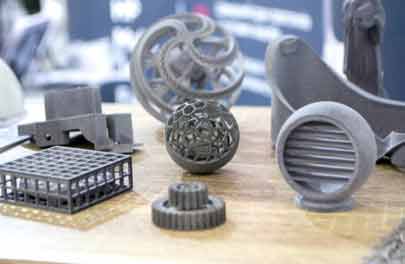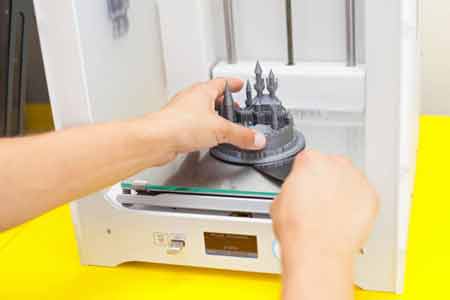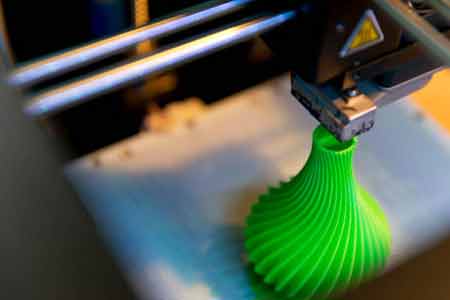The medical field is one of the first fields to make use of 3D printers. Using a printed model of a cadaver helps surgeons plan operations, reducing the chances of error. It also allows students to learn anatomy without the need for expensive cadavers. A student can purchase a low-cost 3D printer for less than $500 and start printing their own prosthetics. However, if you’re unsure of how to use it, consider the following pros and cons.
Accelerates Product Development

Today’s consumers demand products that fit their lifestyle. This means that runners want lightweight shoes and gamers want faster processors. Drivers want car parts that almost drive themselves. Manufacturers must meet these demands in order to stay competitive. Fortunately, 3D printing makes it possible to shorten design-to-production times. In addition to allowing for faster product development, the ability to quickly produce prototypes allows companies to evaluate new designs and make the changes necessary to make them more user-friendly.
Automotive Industry
The main reasons that 3-D printing is useful in the automotive and aerospace industries are due to its on-demand production capabilities. This means that manufacturers can create a virtual inventory of replacement parts and make them available to customers whenever they need them. Similarly, a low-volume on-demand capability will enable manufacturers to reduce the cost of inventory by eliminating the need to store rare replacement parts and allow consumers to get replacement parts as quickly as possible.
Increases Production Capacity

The manufacturing industry is increasingly using 3D printing for small-scale, low-volume production. While some manufacturers may need thousands or millions of units, others will need only a few hundred. These companies can also use 3D printing to manufacture a few prototypes to test market suitability or to prove functionality. Ultimately, this is a win-win scenario for manufacturers and consumers alike. This is a great reason to invest in tpu 3d printing.
Uses Medical Technology
Besides the medical field, 3D printing is also used to manufacture parts that need to be manufactured by the consumer. This technology is used to create hearing aids, artificial teeth, and other prosthetics. These products can be produced within hours, as compared to months or years before. As such, they are more flexible than ever before. Some 3D printers can even replicate bullets. For this reason, they are useful in many areas.
Helps Consumers
It is very useful for consumers. The ability to reproduce a part for a device can be extremely useful. For instance, a vacuum retainer ring on a sofa costs $700. With 3D printing, the engineers of the Ashley Furniture plant 3D scanned the part and printed it out for $1. Furthermore, this digital workflow can eliminate the cost of storing rare replacement parts and enables consumers to have replacement components for products that are out-of-production.
Used in Disaster Relief

The technology is especially useful in disaster relief efforts. The Japanese makers of the drone Project Daniel, which 3D prints artificial organs for the victims of the Sudanese earthquake, have been relying on this technology to supply the needs of the people affected by the devastating earthquake in Nepal. The same technology is used to produce spare parts. For instance, the drone can be used to search for survivors of natural disasters.
Saves Time
It reduces the travel distance of products. With a 3D printer, the manufacturer can produce a product right from the start. This means no need for expensive prototypes and no need to ship parts to different parts of the world. This is especially beneficial for the consumer, who can use the product without worrying about the cost. The technology also saves time and money. Unlike the traditional manufacturing process, this technology allows companies to reduce the time and expense it takes to produce a product.
Finally
It has helped in the production of products. Previously, a product could cost seven hundred dollars or more, but the manufacturer could simply throw it away if it lost a part. In such a case, 3D printing was used to create an identical replacement part for the product. This means that the product has a lower overall cost. The use of the technology is a game-changer in the industry.
